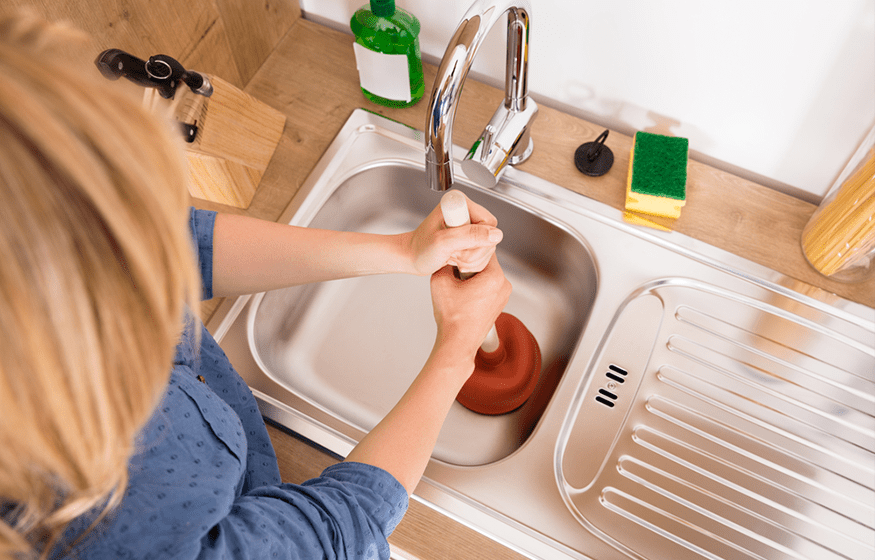The plumbing infrastructure in our homes serves as the unsung hero, ensuring waste and wastewater are efficiently carried away. Among these, the main drain stands as a pivotal component, and main drain cleaning becomes a priority task when clogs or other issues arise. Let’s uncover the essence of this process and its importance. Understanding the…
READ MORE PLUMBING ARTICLES
By Made’s Plumbing
Ensuring Safe Water in Arlington, TX With Service Line Inspections
Headline stories like what happened in Flint, Michigan several years back have been a reminder…
Plumbing Myths in Arlington, TX: What Property Owners Should Know
Since the time we’re kids we hear all kids of plumbing myths. From the ridiculous,…
What to Do in a Plumbing Emergency: Tips for Arlington Residents
Experiencing a plumbing emergency in your Arlington, TX home is way more stressful than regularly…
Drop Us a Line!









